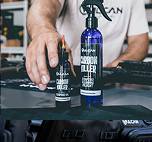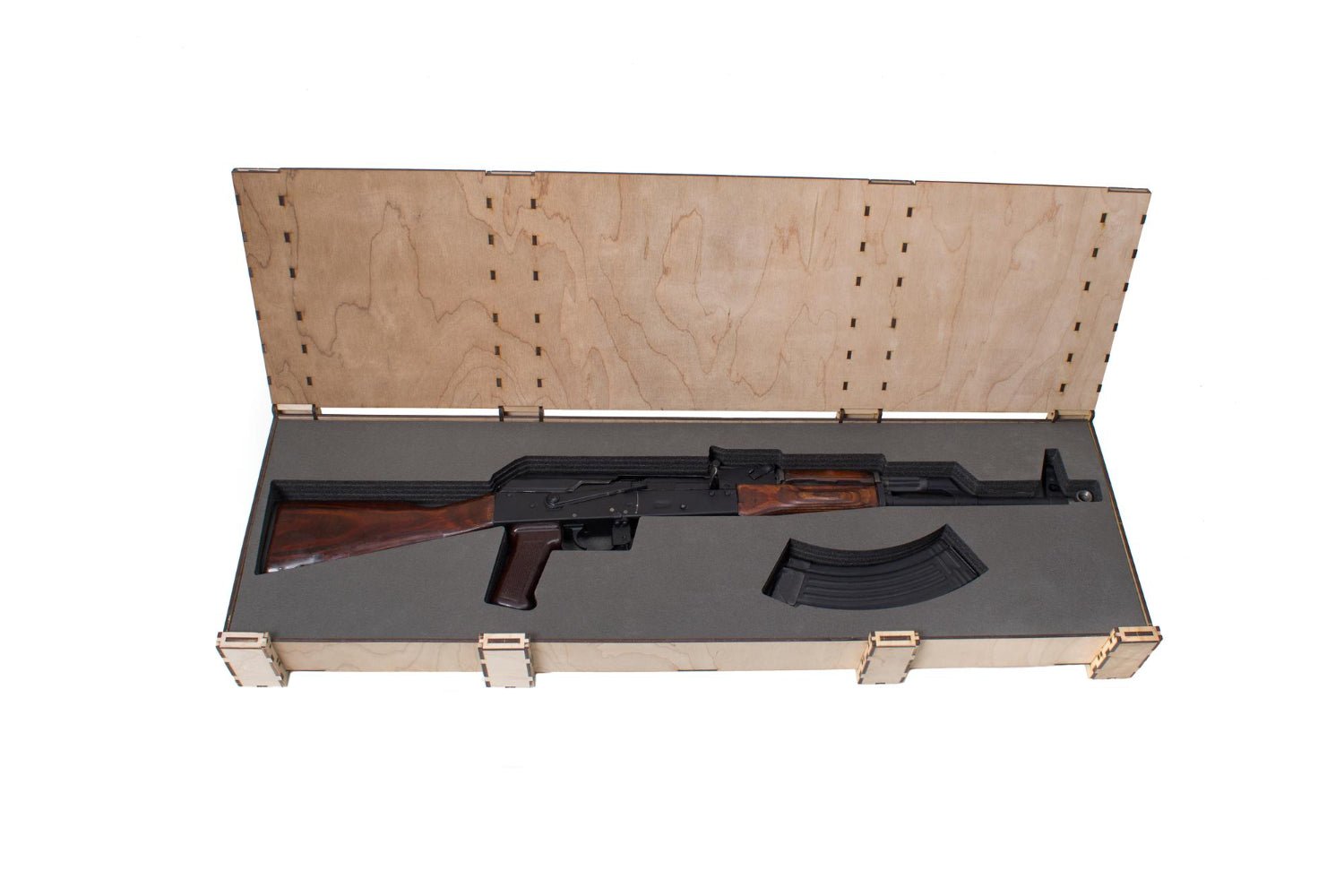WeatherLock cases are built to give your firearms protection even when the environment tries to work against it. But maintaining that trusted layer of defense takes a little upkeep. Over time, the rubber seals that keep water and dust out of your case can wear down. Heat, cold, heavy use, or just long-term storage can slowly strip seals of their grip and flexibility. Taking time to restore those seals can keep your case working like it did day one no matter where you take it.
If moisture slips in through a damaged seal, things can go south in a hurry. Corrosion, rust, and dirt buildup can all start from a bad seal. The good news is that you don’t need a workshop or hours of your day to restore one. With just a few tools and a simple process, you can give your case seal a second wind. Think of it like changing the oil in your truck — regular and simple, but pretty darn important.
Identifying Common Issues With Case Seals
Spotting a failing seal early stops bigger problems later. Most folks don’t notice seal damage until it’s too late and their gear’s been exposed. That’s why it’s helpful to check your case periodically, especially if it sits stored for long periods.
Here’s what to look for:
- Cracks or splitting in the seal edge
- Gaps where the seal presses against the case
- A dry or brittle feel instead of a snug, rubbery texture
- Discoloration or rough patches that weren’t there before
Another thing to watch for is if you feel less resistance when closing the case. A strong seal has a little give and pressure when you press it shut. If that’s gone, the seal may be compressed and no longer doing its job. On the flip side, if the lid doesn’t close evenly, that can mean the seal is warped or pulled out of place, allowing air and water to sneak through the edges.
A seal doesn’t have to look destroyed to stop working. Small cuts or hardened areas can be just as damaging when it comes to letting water or dust breach the inside of your waterproof pistol case. If you're unsure, run your finger slowly along the edge. You’ll often feel problems before you see them — a sharp corner, a flat spot, or uneven tension can all be signs that your case needs attention.
What You’ll Need To Restore Your Case Seal
Once you've confirmed your case seal could use some fresh attention, gather the right items to do the fix right. Restoring a seal isn't messy or complicated, but using the wrong products can make it less effective or even damage parts of the case.
Here’s a basic checklist to get you started:
1. Rubber-safe cleaning cloth
2. Mild, non-abrasive cleaner
3. Rubber gasket or seal lubricant
4. Soft-bristled brush (optional for tough grime buildup)
5. Gloves (optional, but helpful if using rubber-safe lube that leaves residue)
Make sure any cleaner you choose won’t dry out rubber. Avoid anything with alcohol or strong solvents meant for metal or glass. For the seal lube, you want a product specifically made for weather seals or rubber gaskets. It’s made to restore flexibility while leaving a light protective coat.
If you're unsure about the cleaner, test a tiny spot at the edge of the seal first. You want it to clean off grit without creating a sticky or slick mess. A smooth, slightly tacky feel after applying lubricant is normal — it means the seal’s surface is restored and ready to work again. Before moving on, make sure the seal and case rim are totally dry and free of lint or leftover cleaner so it bonds properly during reassembly.
Steps to Restore WeatherLock Case Seals
Getting your hands dirty can be satisfying, especially when the work is simple and keeps your gear safe. Restoring your WeatherLock case seal is that kind of task. It's straightforward and doesn't require a degree in engineering.
First, open the case and remove all contents. Lay it open flat so you can easily reach every part of the seal. Use the rubber-safe cleaning cloth to thoroughly wipe down the seal and the groove it fits into. If grime is really sticking around, dip a corner of your cloth in a mild cleaner and gently scrub until it's gone. A soft-bristled brush works well for hard-to-clean areas, but go easy — the goal is clean, not worn down.
Once the seal is completely clean, apply a small amount of rubber gasket lubricant to your cloth. Gently work the lubricant around the entire seal, making sure you cover every part evenly. Don’t overload it. A thin, even layer gets the job done and avoids future mess. Let the lubricant settle for a few minutes before you move on, giving it time to sink in and refresh the rubber’s texture.
Watch for common mistakes during this process. Many people forget to fully remove the cleaner before applying lubricant, which can trap moisture inside the case. Another issue is rushing through the process. Giving each step the time it needs makes all the difference in how well your seal performs and how long it lasts between touch-ups.
Testing and Maintaining Restored Seals
You’ve cleaned and treated the seal, but how do you know if it worked? One simple method is to close the case without latching it completely and see if you hear or feel a slight suction-like seal. That’s a good sign the gasket is doing its job. If it closes too easily or loosely, double-check for leftover debris or dry patches that didn’t get enough lubricant.
Another quick test involves using a small strip of paper. Place it at different points along the seal line, close the case, and then try pulling the paper out. It should resist or tear a bit. If it slides out easily in one area, that’s your weak spot — hit it with another light coat of lubricant and check for defects like low spots, bumps, or hardened areas.
Once you’re confident the seal feels tight again, regular maintenance is the key to keeping it that way. Every few months, or after intense outdoor use, check the rubber for cracks or residue. Give it a light wipe and reapply a bit of lubricant if it’s feeling dry. While it doesn’t need to be constant, this routine upkeep means your waterproof pistol case stays dependable every time you grab it.
One easy practice is to inspect the seals before storing the case for more than a few days. Trips through rain, cold storage in the trunk of a car, or sitting in a humid garage can all dry out or stress the rubber. Catching early changes keeps your seal ready for action.
Protect What Matters With A Little Maintenance
Restoring the seal on your WeatherLock case isn’t a chore — it’s just part of owning quality gear. A rubber gasket that’s well cared for keeps your firearm protected from more than just the obvious threats. It keeps water, dust, and even air moisture from sneaking in over time.
A quick pass down the seal with a cloth or a few minutes applying lubricant can mean the difference between opening your case to a clean, dry firearm or finding corrosion and trapped grime. That’s why it’s worth checking in every now and then. This kind of upkeep gives long-term protection without much effort on your part.
Stay ahead of wear and handle it before anything major goes wrong. A WeatherLock case is built to last, but it only stays reliable if the seals are too. Keeping them up to form means your gear is safe, you're confident on the go, and everything works when you need it most.
Keeping your gear in tip-top condition is all about little efforts that pay off big. When it comes to shielding your firearms, a well-maintained waterproof pistol case makes all the difference. Explore how upgraded seals and reliable closures can safeguard your equipment by checking out the full line at VULCAN Arms—built tough for every mission, every time.









Share:
Fixing Magnetic Mount Dead Spots
Securing Loose Car Holster Components